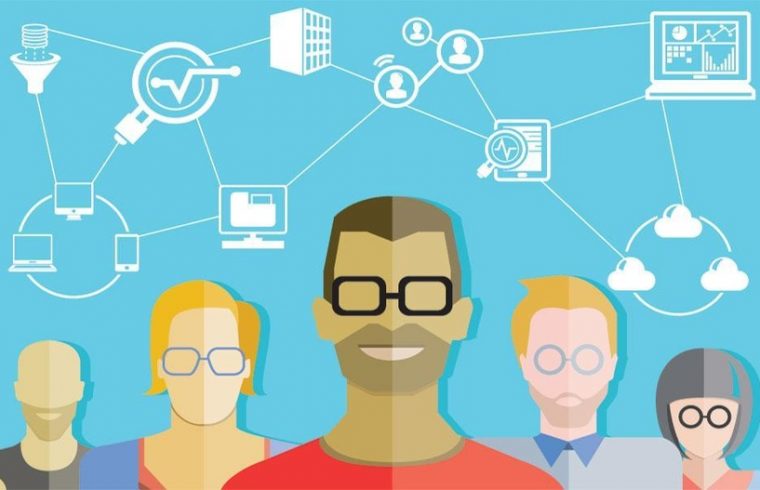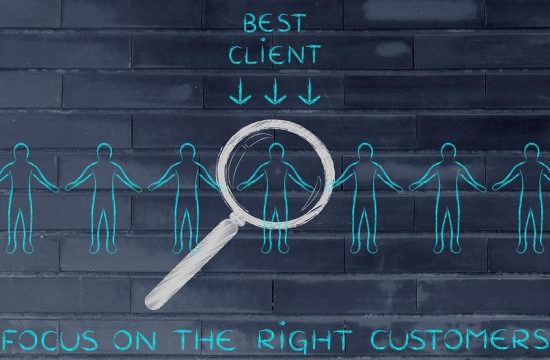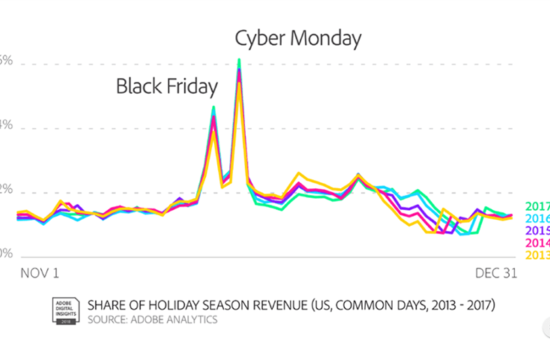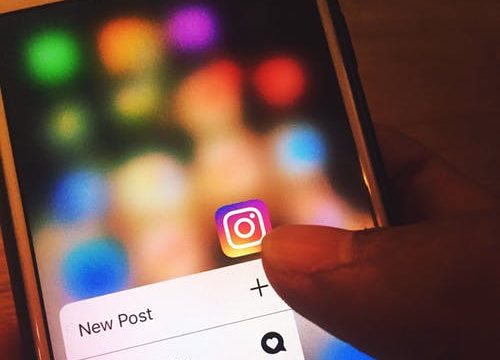Big data and analytics are an integral part of social media marketing. Ever since millions of people started using networks, it became apparent to marketers that data is a valuable resource for advertising. On no network has this been more prevalent than Facebook, the network with the most users and the highest ad revenue in the world.
Hubspot pinpoints 2009 as the year Facebook realized the potential of targeted ads based on geographic and language data of its users. Businesses then gained the power to set up their own pages and manage their own ads, and Facebook’s revenue shot up to $777 million, while user count rose to 350 million. As of June 2017, that user count was 2 billion.
Since 2009, a host of advertising options have popped up on Facebook, including sponsored stories, mobile ads, and the Social Graph, which provides marketers with data when a user likes a post or engages in other ways. And since then, other networks have emerged as big sites for various forms of marketing, including Instagram, where influencer marketing is a huge draw.
Influencer marketing is one of the top social media marketing trends for 2018 (continue reading and you’ll see why this is very important, especially on Facebook). With influencer marketing, brands pay people who have a lot of followers to recommend them or mention them in posts. Other trends include:
- Chatbots: Advances in deep learning neural networks allow sophisticated bots to communicate with users directly on social media.
- Momentary content: On Facebook and Instagram, brands can use first and third party targeting data to create temporary stories that disappear after 24 hours.
- Augmented reality: Brands can now create augmented reality campaigns to target mobile users.
- Video: Of course video — in 2017, 90 percent of the content people shared the most was video.
Big data, analytics, and AI are enabling marketers to use all these strategies, in effect capitalizing on the feeding frenzy that is content consumption on social media. Facebook has been the vanguard, allowing marketers unprecedented reach and freedom. But then something happened in January of 2018: Mark Zuckerberg announced Facebook is changing its algorithm.
Facebook’s New Algorithm
The algorithm change is not meant to favor advertisers and publishers. Basically, Facebook will now prioritize posts from users’ friends and family, instead of public posts. Sponsored posts from brands will not appear at the top of news feeds, unless these posts have a lot of comments from users’ friends. But how will they get a lot of comments if users rarely see them? Therein lies the conundrum for brands.
A result of the change is that businesses will see lower organic reach, and users will spend less time on Facebook because they won’t have to scroll very far to see the most popular posts from their closest friends.
Publishers are the most worried about this. Before the algorithm change, the ROI of a non-ecommerce website was wrapped up in “Making the most of social media to give content maximum exposure.” The more readers clicked on a publisher’s content or engaged with it by liking it, the more ad revenue a publisher could capture. Publishers use Facebook in a big way to drive traffic to their sites. But 2017 saw concern over Russian manipulation of the election through Facebook and other networks, which was capped off with a Senate hearing.
Then, Zuckerberg’s New Year’s resolution for 2018 was to fix Facebook. Not long thereafter, he announced the algorithm change. There were other issues besides the Russian meddling and fake news. Forbes reports that Facebook was receiving criticism for “enabling the discrimination of ethnic groups through its powerful ad targeting system.” Zuckerberg’s goal is to make time on Facebook “time well spent.” Unfortunately, the tools advertisers use are some of the same ones Russian trolls and fake news disseminators use to make time on Facebook time poorly spent.
Social Media Marketing Moving Forward
Marketers may turn to Instagram — which is gaining popularity with over 800 million active users— and Twitter, which just reported its first ever quarterly profit. And on Facebook, there’s still influencer marketing and there are still live videos.
If they’re particularly interested in the content from an influencer they’re following, users can choose to look at content from certain pages first (the “see first” option) in their news feeds. Brands could continue harnessing that for influencer marketing. As per law, influencers do have to disclose their relationships with brands, and there’s some doubt as to the ROI of influencer campaigns.
In 2017, 38 percent of marketers were unsure about influencer marketing’s efficacy for sales. Brand awareness is one thing, but hard data to justify marketing spend is another. There’s also uncertainty about the influencers themselves: 86 percent of marketers don’t know how they calculate their fees. Influencer marketing is nebulous. “It’s probably the only thing in digital marketing that exploded before there’s been any real benchmark for success. It kind of goes against a lot of what digital marketing is normally about, which is numbers, data and tracking,” says Michelle Stoodley, head of digital marketing at Benefit.
Facebook Live videos are another option that does have hard numbers and tracking behind it. When looking at what the algorithm change means for brands, it’s useful to note Zuckerberg’s comment: “Live videos often lead to discussion among viewers on Facebook—in fact, live videos on average get six times as many interactions as regular videos.”
But how can marketers get reactions from their live videos? The same way they must now get reactions from other forms of content. Facebook’s new emphasis is entirely on quality, in much the same way that, if you post a photo on Instagram, it has to be good or interesting to get any engagement. As I predicted in my piece about AI and SEO, marketers are going to have to become great content creators first and foremost. Nowadays on Facebook, you can’t just look at people’s data and target an enticing post at them. You have to create a high quality piece of content they’re really going to want to talk about and share.
Image Credit: phipatbig/Shutterstock
Author: Daniel Matthews
Daniel Matthews is a freelance writer from Boise, ID with a passion for tech, innovation, and thinking differently about the world. You can find him on Twitter and LinkedIn.








